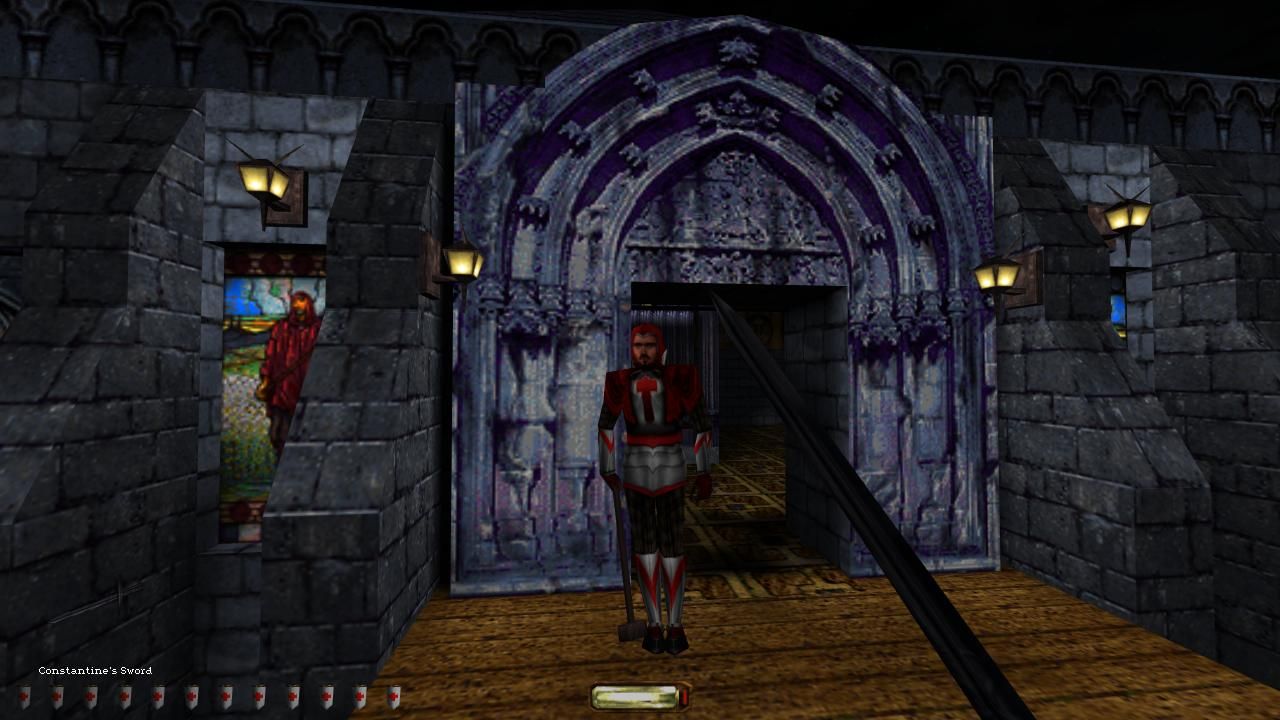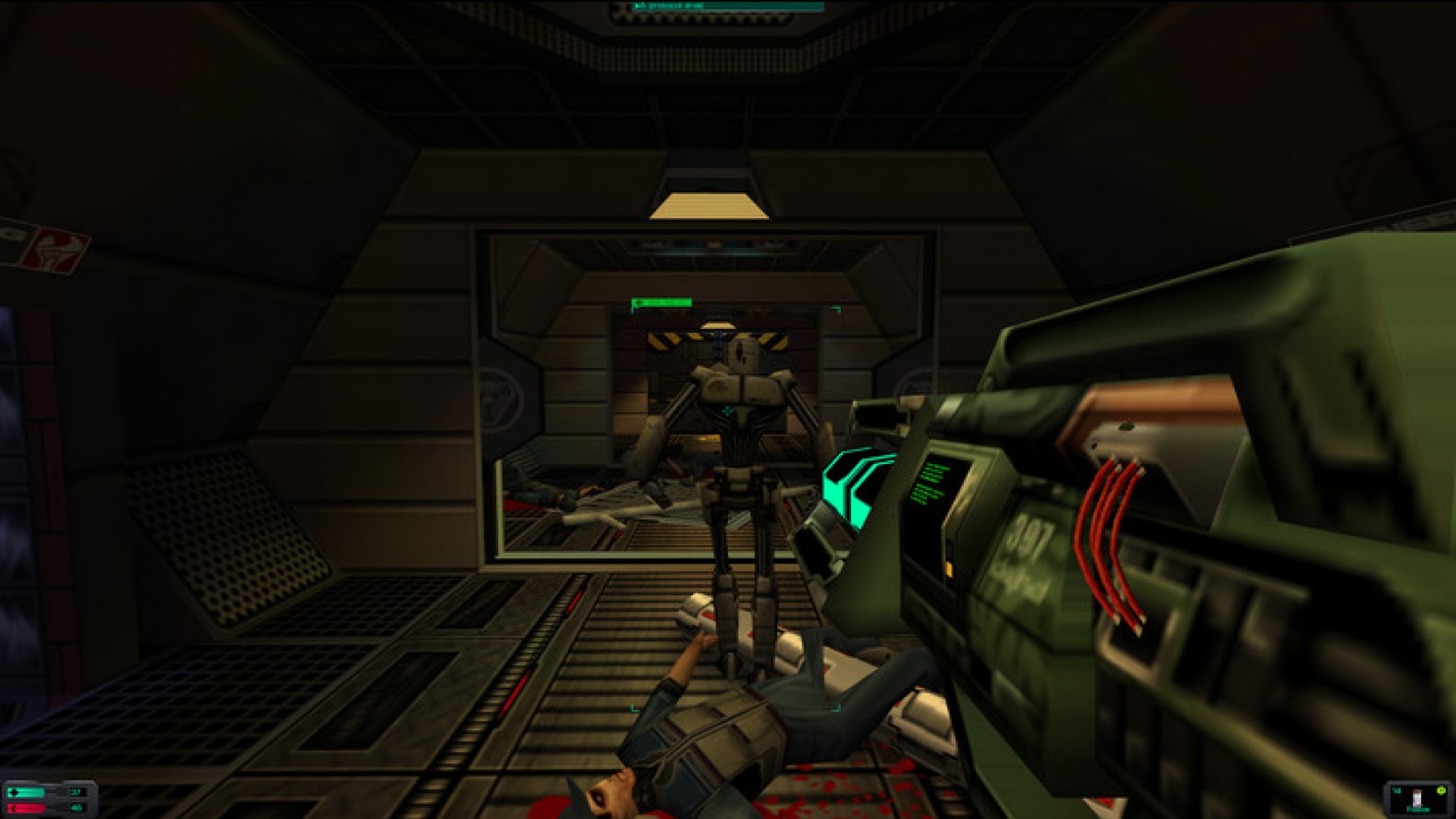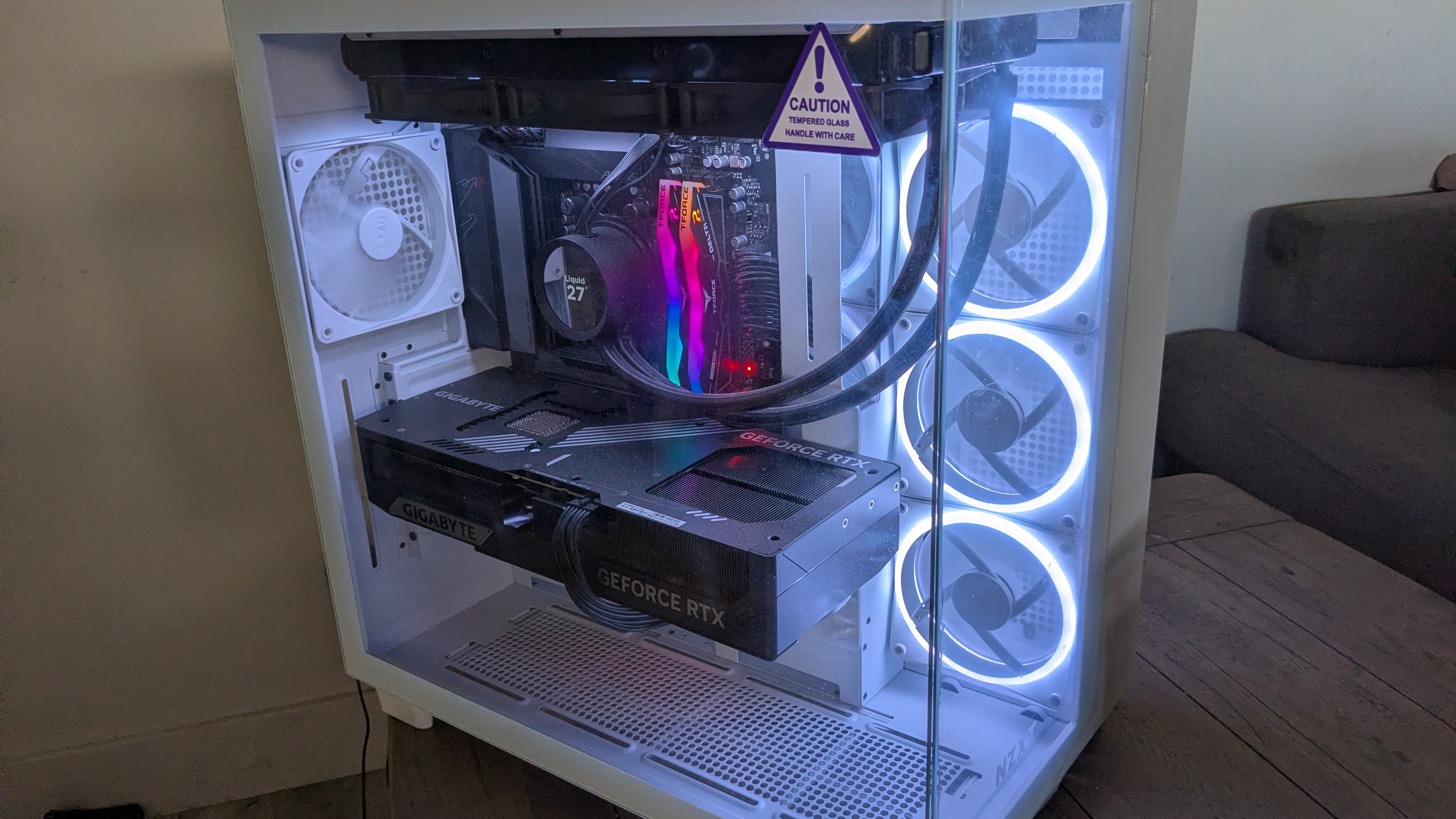'Touch grass, read a book, throw a ball, get tackled once in a while': Epic Games art director and OG System Shock 2 artist says the best-looking videogames are designed by people who don't just look at videogames
"When you see really interesting work, it's because it seems to come from somewhere else."
Nate Wells, Epic Games art director and former artist on Looking Glass Studios classics like Thief: The Dark Project and System Shock 2, said in this week's episode of the Nightdive Studios Deep Dive podcast that the ecosystem of games artists where he started his career is extinct. In its place is a landscape of artists who are more skilled than ever—but it's a landscape where it's harder than ever to stand out.
"Young artists who are either new to the business or trying to get into the business ask me questions like, 'How did you get into it?'" Wells said in the interview. "And my answer is 'The way I got in does not exist anymore.'"
Wells said he—a self-taught artist—entered the games industry in an era when career paths hadn't been formalized. Because the expectations and trajectories for games development professions were still being charted, artists who entered the industry were drawing on a wider range of academic and professional backgrounds, and their histories flavored the aesthetics they created.
"None of us were experts. We all came in from completely different disciplines," Wells said. In his case, those disciplines involved a lot of yeast DNA.
"For the artist side of things, almost all of us came from other places. I was premed—biochemistry and anthropology," Wells said. "I focused on genetics mostly, working with brewer's yeast."
As an example, Wells said his biochem and genetics background directly informed the vibe and atmosphere of Bioshock. In production briefings, he suggested the name and concept for its plasmid abilities based on the real-life DNA molecules responsible for introducing genes into existing genomes.
"A lot of us studied English and literature and history and—for me—anthropology and archaeology, and we brought all that to bear and we still bring it to bear," Wells said.
Keep up to date with the most important stories and the best deals, as picked by the PC Gamer team.
In comparison, artists entering the industry today have the benefit of decades of additional resources, technical theories, and formal training to orient themselves. But Wells says those clearer expectations have produced a narrowing pool of aesthetic influences.
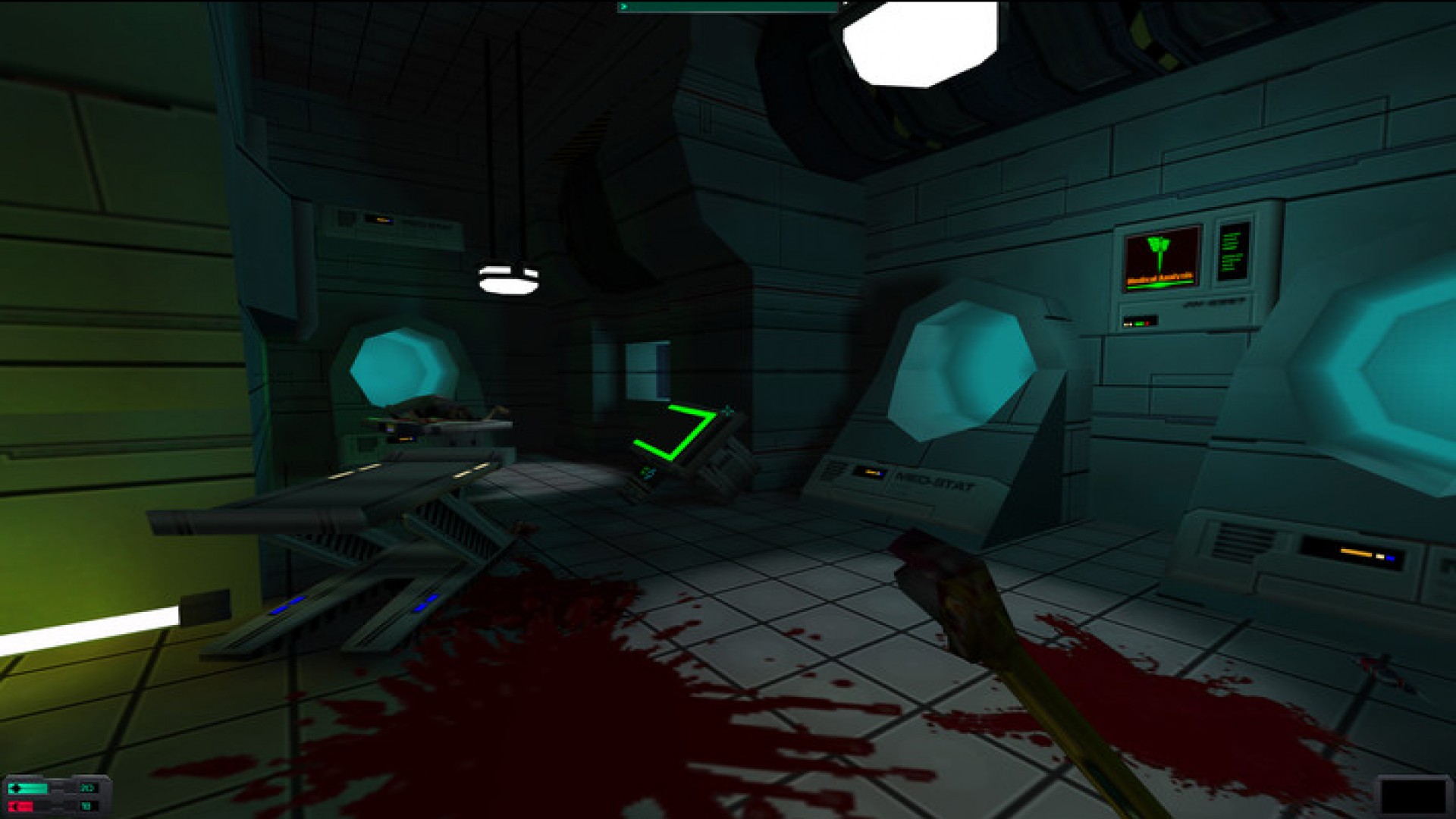
"It's not uncommon for artists that I meet now getting into the industry to have thought about and been inspired by nothing but videogames and anime," Wells said. "In many cases, they're executing art at the highest level. They grew up in the shadow of ArtStation. They knew the quality they had to hit. They knew what was hot. They were able to follow all the best concept artists and some courses online and really refine their craft.
"But I think the thing that is still rare and precious is the core ideas that underpin everything."
Essentially, Wells said it's hard to make videogames that don't look and feel like most other videogames if all you're looking at is videogames. It's a sentiment that was recently shared by lead Diablo artists, who said the best way to make good Diablo art is to expose yourself to aesthetic influences that aren't Diablo.
Unfortunately, because industry expectations have become more defined, it's likewise become more difficult to find a foothold when your background doesn't fall within those norms. Luckily, Wells said, you can develop a broader aesthetic palette without having a history in biochemistry.
"When you see really interesting work, it's because it seems to come from somewhere else: an interest in history, an interest in science," Wells said. "Touch grass, read a book, throw a ball, get tackled once in a while. Get in at least one fight. Learn how to dance. Play the piano."
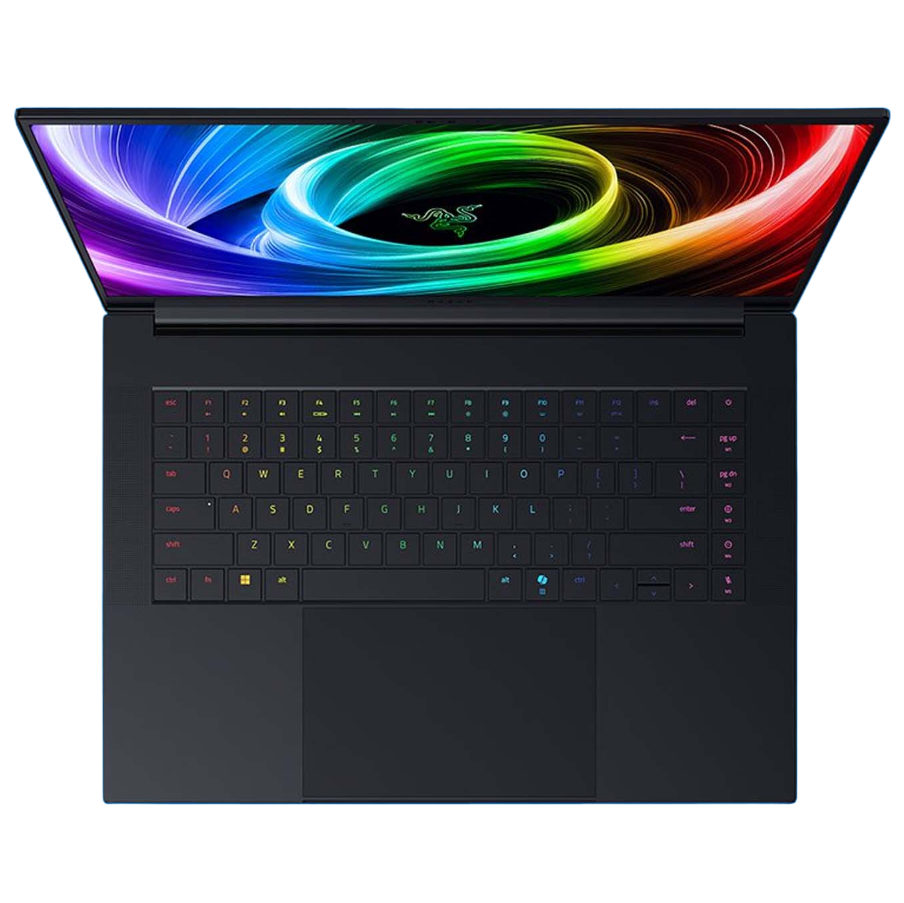
👉Check out our list of guides👈
1. Best gaming laptop: Razer Blade 16
2. Best gaming PC: HP Omen 35L
3. Best handheld gaming PC: Lenovo Legion Go S SteamOS ed.
4. Best mini PC: Minisforum AtomMan G7 PT
5. Best VR headset: Meta Quest 3
Lincoln has been writing about games for 11 years—unless you include the essays about procedural storytelling in Dwarf Fortress he convinced his college professors to accept. Leveraging the brainworms from a youth spent in World of Warcraft to write for sites like Waypoint, Polygon, and Fanbyte, Lincoln spent three years freelancing for PC Gamer before joining on as a full-time News Writer in 2024, bringing an expertise in Caves of Qud bird diplomacy, getting sons killed in Crusader Kings, and hitting dinosaurs with hammers in Monster Hunter.
You must confirm your public display name before commenting
Please logout and then login again, you will then be prompted to enter your display name.

